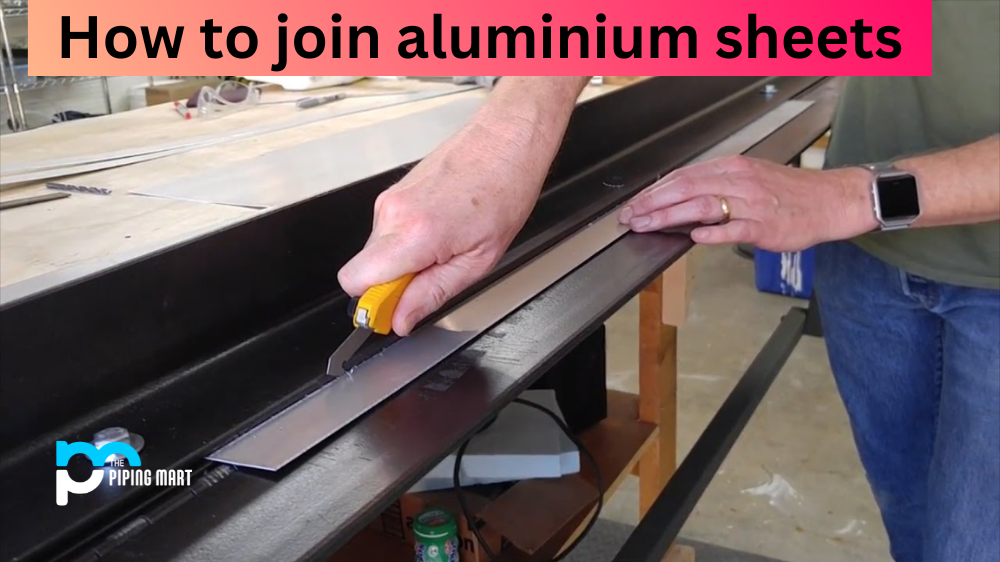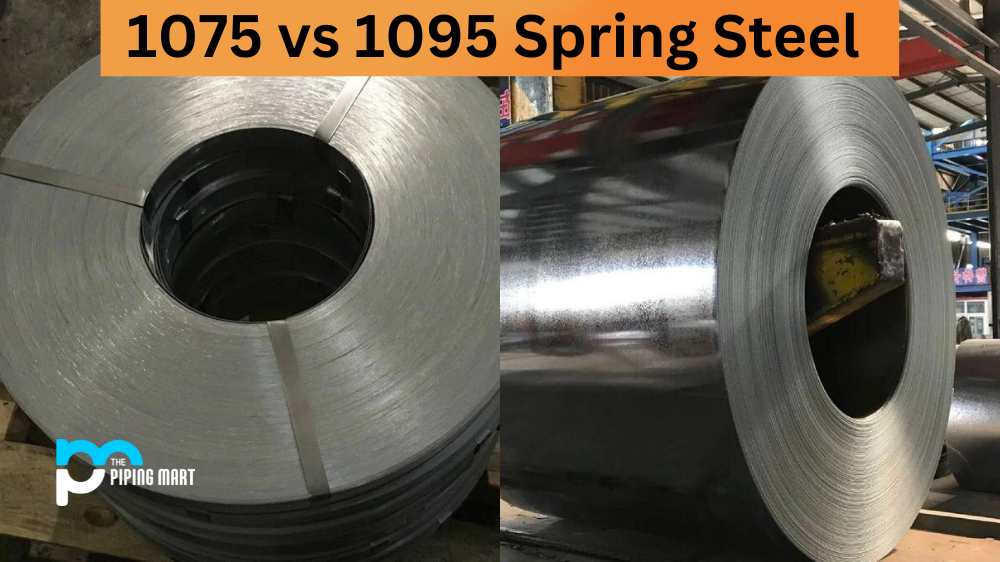Whether you are creating a craft project or building something for your home, joining aluminium sheets is an important skill to have. Joining aluminium sheets involves understanding metalworking and welding—a potentially complicated process that can seem daunting at first. Fortunately, there are several different methods for joining aluminium sheets that don’t require any prior experience in metalworking or welding. In this blog post, we will discuss the different ways to join aluminium sheets and give step-by-step instructions on how to complete each method.
Riveting
Riveting is one of the simplest methods for joining aluminum sheets together. To complete this method, you will need to use a drill press with a countersink bit and some rivets. Start by making sure both pieces of aluminum are clean and free from debris, then mark the holes you need to drill using a center punch tool. Place the two pieces of aluminum together on the drill press, aligning them, so they are even; this will ensure that the holes line up perfectly when drilling. Using a countersink bit, carefully drill through both pieces of metal until you reach the other side of the sheet. Once all of your holes are drilled, insert your rivets into each hole and then use a hammer and punch to secure them in place. This will create strong bonds between the two pieces of metal without requiring any additional tools or materials.
Adhesives
Adhesives can also be used to join two pieces of aluminum together securely without needing any specialized tools or experience with welding or metalworking. For this method, you will need some adhesives specifically designed for bonding metals together (such as J-B Weld). Start by cleaning both pieces of aluminum thoroughly before applying your adhesive; once it is applied it should not be disturbed until it has fully cured (which could take up to 24 hours). Apply your adhesive directly onto one piece of aluminum and then position it onto the other piece while pressing firmly—this will ensure that they bond together properly without any gaps or air pockets trapped between them. Allow your adhesive to cure completely before attempting to move or handle your newly joined aluminium sheets.
Welding
Last but not least is welding—the most difficult but also the most secure way to join aluminium sheets together permanently. To weld aluminum correctly, you will need some specialized equipment such as a MIG welder as well as safety gear like gloves and goggles (to protect yourself from sparks). Start by setting up your welder according to manufacturer specifications before clamping both pieces of metal firmly in place—this will ensure that they do not move when welding them together later on. Once everything is set up correctly, start by adding filler rods into your weld pool while continuously moving around it in circles; this motion helps create stronger bonds between both pieces of aluminum while preventing warping caused by excessive heat buildup during the welding process. After finishing all your welds, let them cool down completely before handling them again; once cooled down completely, you can start sanding off any excess material left over from the welding process if required.
Conclusion:
Joining two pieces of aluminium sheet together does not have to be complicated or time-consuming! With these three methods—riveting, adhesives, or welding—you now have an easy way to get started with joining metals regardless of what kind of project you’re working on or how much prior experience with metalworking or welding you may have! Just remember always wear protective gear such as gloves and goggles whenever dealing with heated materials like those produced during welding processes for safety reasons! Good luck!

Meet Bhavesh, a seasoned blogger with a wealth of knowledge and experience. From metal products manufacturing to retail, Bhavesh has a diverse background in various industries and is dedicated to sharing his insights and expertise with readers.




